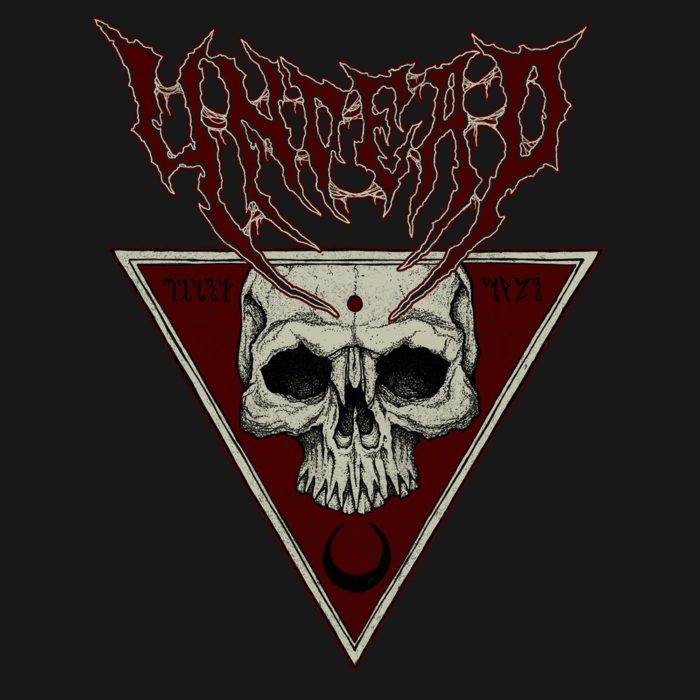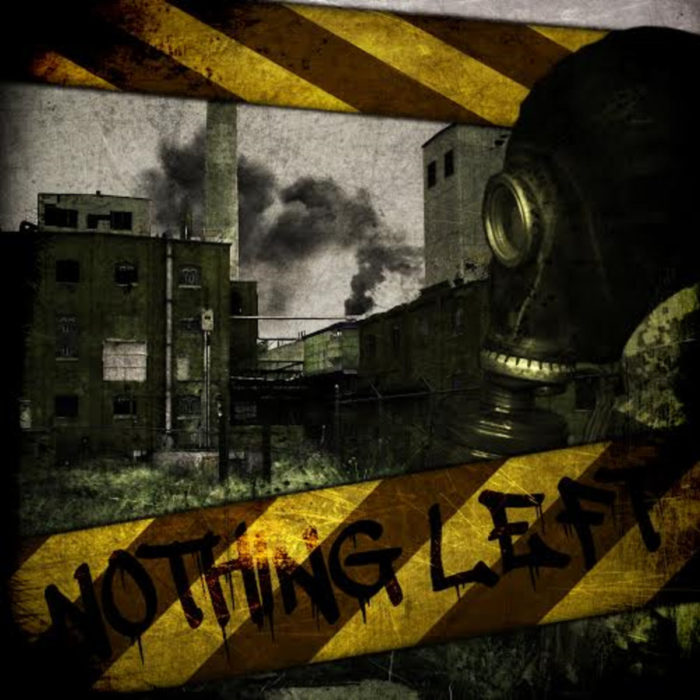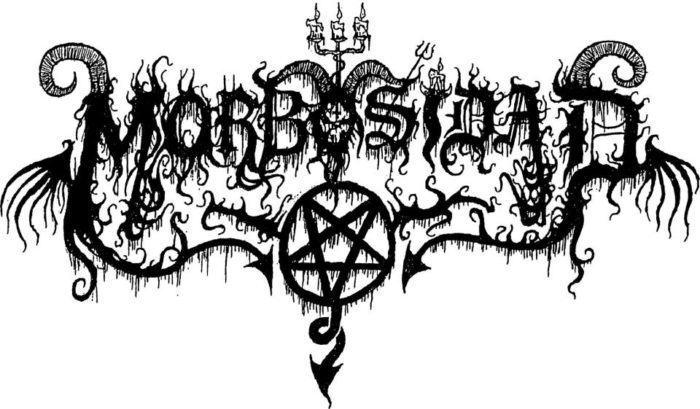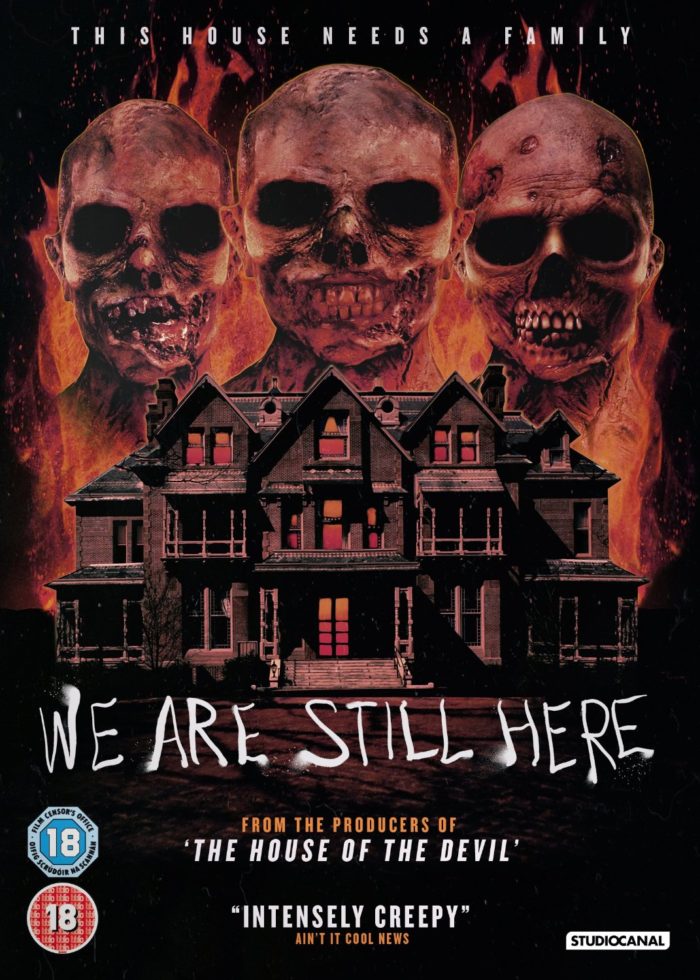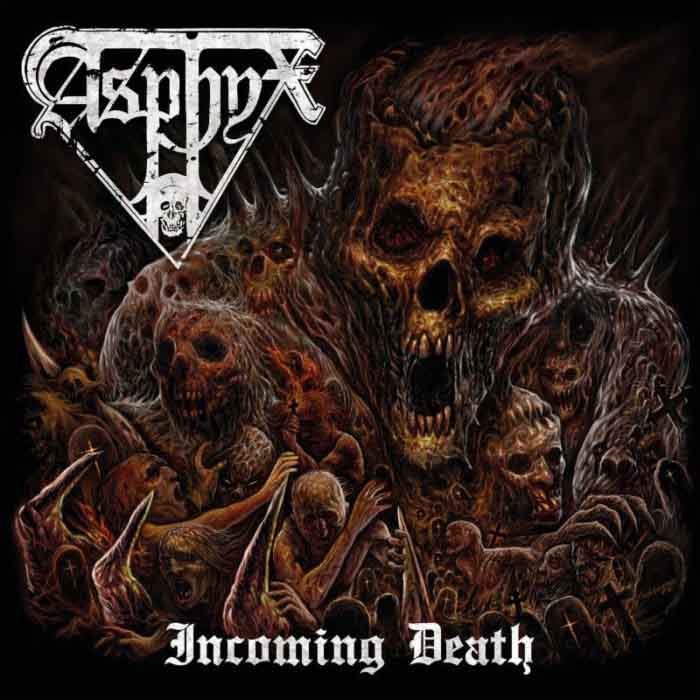
Militant old school European death metal band Asphyx plans to release its new album, Incoming Death, on September 30, 2016 with the following tracklist:
Tracklist
- Candiru
- Division Brandenburg
- Wardroid
- The Feeder
- It Came From The Skies
- The Grand Denial
- Incoming Death
- Forerunners Of The Apocalypse
- Subterra Incognita
- Wildland Fire
- Death: The Only Immortal
Frontman Martin van Drunen released the following statement:
11 furious songs in the traditional death/doom style which we are known for so well…The album title already existed two or three years ago, being a phrase that doesn’t really exist but refers to what entrenched soldiers cry out when under severe artillery fire….
And here is a list of upcoming ASPHYX shows in 2016:
07.23.2016 Ostrý Grún (Slovakia) – Gothoom Open Air
09.03.2016 Essen (Germany) – Turock Open Air
09.10.2016 Hüttikon (Switzerland) – Meh Suff Fest
09.17.2016 Püchersreuth (Germany) – Storm Crusher Festival
10.07.2016 Arnhem (The Netherlands) – Willemeen / Album release show!
11.19.2016 Ostrava (Czech Republic) – Dolní oblast Vítkovice
11.26.2016 Bucharest (Romania) – November To Dismember Festival
03.03-04.2017 Umea (Sweden) – House Of Metal Festival
Lineup
Paul Baayens – Guitars
Alwin Zuur – Bass
Martin van Drunen – Vocals
Stefan “Husky” Hüskens – Drums
1 CommentTags: asphyx, century media, death metal
